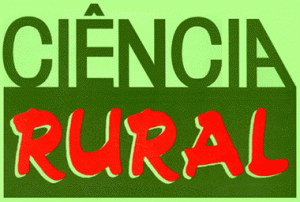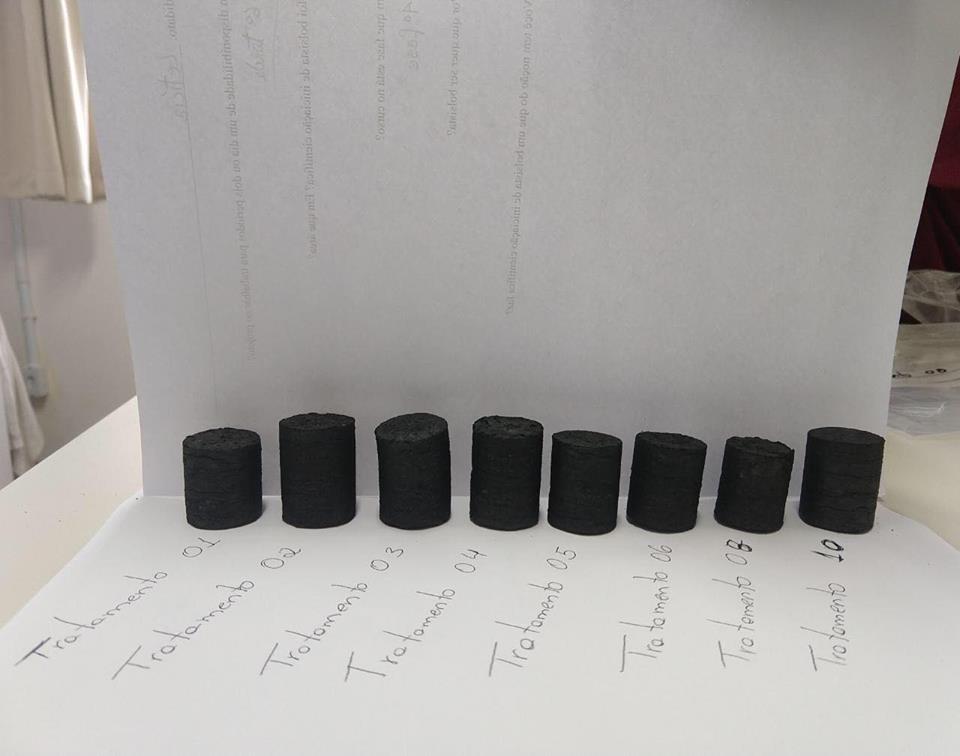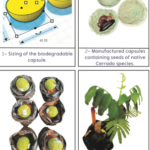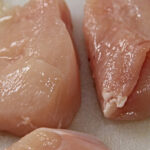Maria Luiza De Grandi, journalist, Ciência Rural, Santa Maria, RS, Brazil.
Julio Peretti da Silva, Universidade do Estado de Santa Catarina, Postgraduate Program in Forestry Engineering, Florianópolis, SC, Brasil.
Being the ideal fuel for a barbecue, charcoal is widely used in the cooking of meats in this format. There are different types of charcoal on the market for this purpose, which differ in terms of their material of origin. In order to determine the technical feasibility of producing charcoal for barbecue using briquettes produced with different mixtures containing poultry sludge and shavings from Pinus spp, researchers from the Universidade do Estado de Santa Catarina (UDESC) developed the article Compactation as an alternative for the sustainable use of floated effluent from a poultry slaughterhouse for energy generation, published in the journal Ciência Rural (vol.51, no. 12).
When developing the research, the scientists took into account the considerable increase in effluent generation in poultry slaughterhouses in recent years, a result of the growing demand for chicken meat around the world (ABPA, 2019), combined with the need to develop new technologies. forms of renewable energy. To reach the results, sludge from poultry slaughterhouses and wood shavings from Pinus spp were mixed, deriving nine treatments containing sludge and one containing only wood shavings. Afterwards, four charcoal briquettes from each resulting treatment were produced and carbonized. The results showed that it is possible to mix a residue from the food production industry of animal origin (chicken slaughterhouse) with residues of plant origin (from the wood conversion industry) for the production of charcoal for domestic use.
The innovation of this research is in the mixture of residues of animal source with residues of vegetal source for the production of an unprecedented product for the cooking of foods. “The use of these residues, which, if not used, would be generating serious problems of environmental impact, becomes a sustainable alternative of energy for residential use, in the cooking of a food so appreciated in the south and southeast regions of Brazil, but that can be extrapolated for the whole world.”, explains researcher Julio Peretti da Silva.
The results of this research have a major impact on practice. “research demonstrates the applicability and technical feasibility of using waste from different industries in an integrated way, through mixtures of both, in the production of a new energy product for use in people’s homes, and mainly for food production.”, adds the researcher. Although the mixture of residues for the production of briquette-type charcoal is not a novelty, the research brings an originality when mixing poultry slaughterhouse sludge and shavings from Pinus SP.
References
Relatório Anual de Atividades 2019 [online]. Associação Brasileira de Proteína Animal. 2019 [viewed 14 July 2022]. Available from: https://abpa-br.org/wp-content/uploads/2019/08/Relat%C3%B3rio-Anual-2019.pdf
BRAND, M. A., et al. Quality of charcoal for domestic consuption marketed in the southern highlands region of Santa Catarina. Rev. Árvore [online]. 2015, vol. 39, no. 6, pp.1165-1173 [viewed 14 July 2022]. https://doi.org/10.1590/0100-67622015000600020. Available from: https://www.scielo.br/j/rarv/a/zpTfWvNQQZb6jbQCT34835Q/?lang=pt
To read the article, access
SILVA, J.P., et al. Compaction as a sustainable alternative to dried sludge from poultry slaughterhouse wastewater for energy generation. Cienc. Rural [online]. 2021, vol. 51, no. 12, e20200320 [viewed 14 July 2022]. https://doi.org/10.1590/0103-8478cr20200320. Available from: https://www.scielo.br/j/cr/a/GhY6HLkXvmrqXScb8SbpB7c/?lang=en
External links
Ciência Rural – Social media: Twitter | Instagram | Facebook
Ciência Rural: http://coral.ufsm.br/ccr/cienciarural/
Ciência Rural – CR: https://www.scielo.br/j/cr/
Como citar este post [ISO 690/2010]:




















Recent Comments